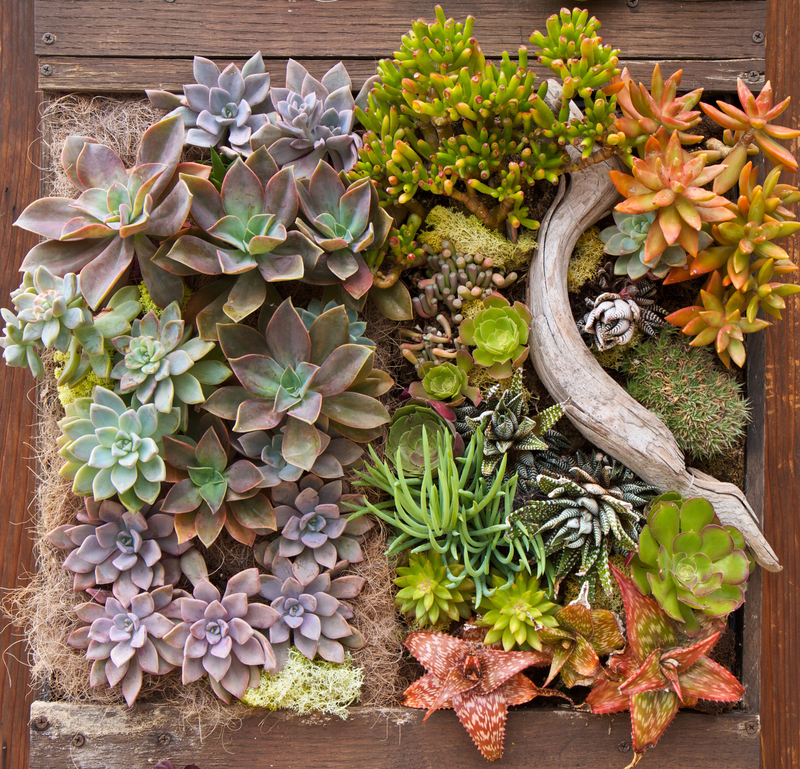Gardening Docklands: Cultivating Green Spaces in an Urban Landscape
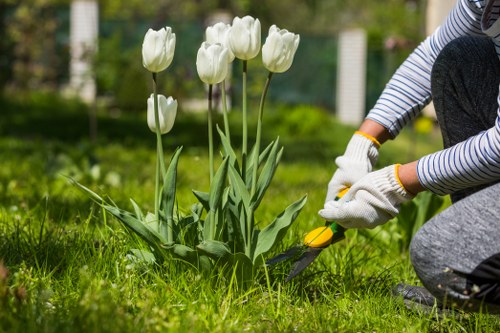
Gardening Docklands has emerged as a beacon of sustainability and community engagement in the heart of the bustling urban environment. Nestled among skyscrapers and busy streets, these green oases provide residents with a serene escape and contribute to the ecological health of the area.
Urban gardening in Docklands offers numerous benefits, from improving air quality to fostering social connections among neighbors. With the rise of environmental consciousness, more individuals are turning to gardening as a way to make a positive impact on their immediate surroundings.
Docklands gardening initiatives often focus on utilizing limited space efficiently, employing vertical gardening techniques and container gardens to maximize plant growth in confined areas.
Community gardens in Docklands serve as hubs for education and collaboration. They provide opportunities for residents to learn about sustainable practices, such as composting and rainwater harvesting, while also promoting biodiversity in the city.
One of the key aspects of Docklands gardening is the emphasis on native plant species. By choosing plants that are well-suited to the local climate and soil conditions, gardeners can reduce the need for excessive watering and maintenance.
Moreover, these gardens often incorporate edible plants, allowing residents to grow their own vegetables and herbs. This not only promotes healthy eating habits but also reduces the carbon footprint associated with transporting produce.
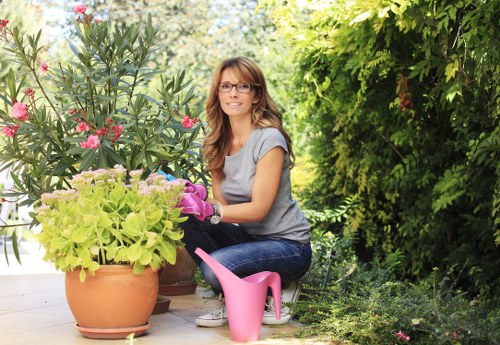
The integration of technology in Docklands gardening is another innovative approach. Smart irrigation systems and automated lighting can optimize plant growth while conserving resources.
Vertical gardens are particularly popular in Docklands, where space is at a premium. By growing plants upwards, gardeners can maximize their yield without sacrificing valuable ground space.
Docklands gardeners also engage in seed swapping and plant exchanges, fostering a sense of community and diversity within the green spaces.
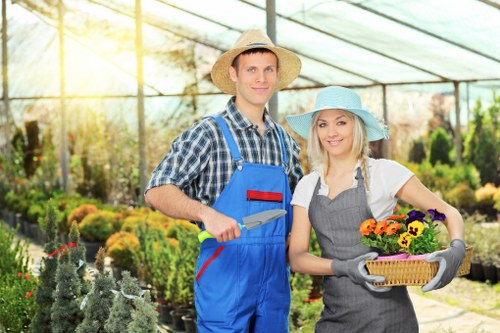
Seasonal planting is a common practice, ensuring that the gardens remain vibrant and productive throughout the year. By selecting plants that thrive in each season, gardeners can maintain a continuous harvest and aesthetic appeal.
The use of compost and organic fertilizers is encouraged to maintain soil health and reduce chemical runoff. This sustainable approach aligns with the broader goals of urban environmental stewardship.
Docklands gardening also plays a role in mitigating urban heat island effects. The presence of vegetation helps to cool the surrounding area, creating a more comfortable microclimate for residents.
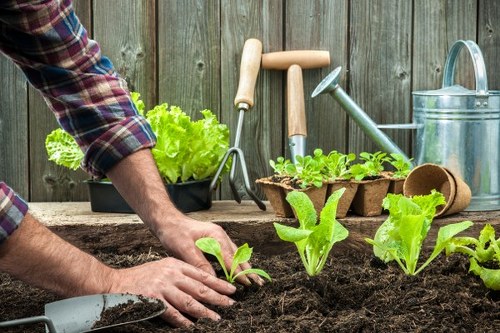
Community events, such as gardening workshops and plant sales, strengthen the social fabric of Docklands. These activities provide platforms for sharing knowledge and celebrating the collective achievements of the gardening community.
Additionally, Docklands gardens often incorporate art and design elements, blending aesthetics with functionality. Murals, sculptures, and decorative planters enhance the visual appeal of the green spaces.
Security and accessibility are also prioritized, ensuring that gardens are safe and welcoming for all members of the community.
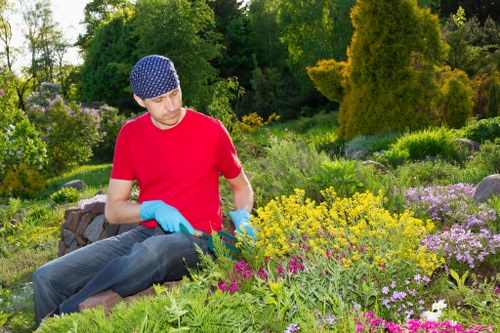
In conclusion, Gardening Docklands is a testament to the resilience and creativity of urban communities. By transforming limited spaces into lush, productive gardens, Docklands residents are not only beautifying their surroundings but also contributing to a more sustainable and connected urban environment.
As urbanization continues to expand, the principles and practices of Docklands gardening serve as a model for other cities seeking to integrate green spaces into their landscapes.
